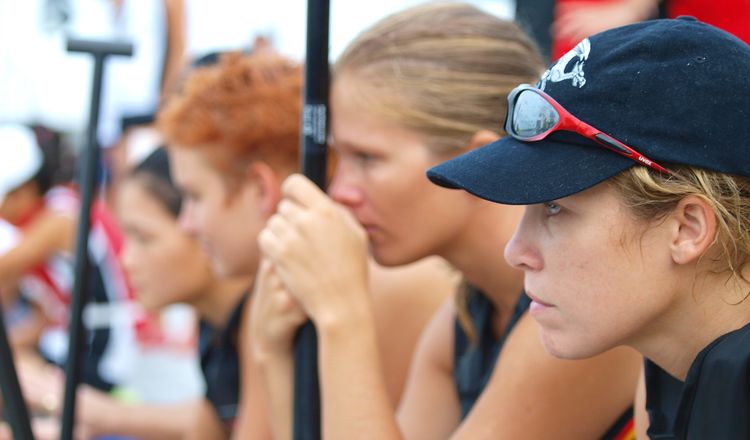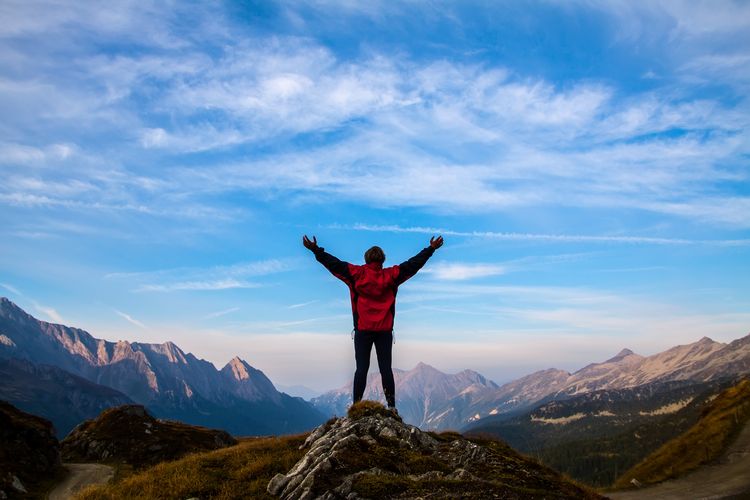Why Cold Thermogenesis Might Be What You’re Missing From Your Health Routine, Part III
Cold thermogenesis (cold training/cold exposure) isn’t just some cool trend that’s made its way into the collective consciousness. This is a training process with a proven, impressive list of not just physical benefits, but also potential mental benefits as well.
This routine can help to bring about enhanced emotional regulation, a robust growth mindset, and improved confidence and self-esteem.
It’s important to note, however, that mental enhancements don’t automatically get installed with a cold plunge or two in an icy cold stream, or one winter walk every so many month. An improved mindset, along with cold training, needs to be deliberately cultivated with a mindful approach as well as a commitment to applying the principles of cold training to other areas of your life.
Here are some of the mental benefits of cold thermogenesis can translate into improved mental health:

Enhanced Emotional Regulation
As much as the most advanced cold exposure practitioners have been training for years, they still end up feeling resistance to getting in the cold. It’s not surprising, given that our bodies’ job is to keep in mind that cold happens to be a potentially-deadly force that should be taken seriously. Any sort of anxiety or fear is just the body telling us about a threat that you would want to get away from. That response can’t be undone, but we can work on taking some control of it.
By being in control mentally, despite those built-in responses, we can work on doing things that align with our values, and not be constantly influenced by emotions that might not be the best guide for our actions.
Also, having the ability to deal with strong emotions provides a powerful lesson that just like the first shock of cold we may feel, thoughts and feelings in our lives boil up and eventually can fade away. Even the most powerful feelings and thoughts can be handled, no matter how tough they could seem to be.

Improved Growth Mindset
To begin with, humans are hardwired to pursue comfort and avoid discomfort, which amounts to a lifetime of indulging our “comfort zone.” To stay within that comfort zone, we develop sophisticated avoidance strategies that drive what can become destructive patterns such as ignoring mental and physical problems; seeking unhealthy distractions when overwhelmed or anxious; and overindulging in food, drugs, and alcohol.
By working out in the cold, we take a giant leap outside our comfort zone, and hopefully into a new mindset of growth. Instead of turning away from discomfort, we strive to be open to it, and begin to see challenges not as threats but as opportunities.
Training in the cold is one step in improving our growth mindset. We might be hesitant to take a plunge into the cold, but instead of procrastinating, avoiding, or numbing ourselves, we take bold action and defy our hesitancy.
Changing our mindset requires moving beyond our comfort zone, finding the strength to try something new, and believing that we always have the capacity to learn. Plunging into the cold goes against the grain, and flies in the face of convention. But accomplishing a task that we have previously shied away from allows us to see more of the opportunities that surround us, and to believe that we can develop new perspectives and act on new initiatives.

Boosted Confidence And Self Esteem
It’s very likely that at some point in our lives, we’ll feel doubt about abilities, and that insecurity can gnaw away at us if it’s not addressed. This can seriously impinge on our ways to handle challenges in life.
Obviously, having the ability to improve self-esteem and self-confidence is a learning process that can’t be done overnight. Cold exposure therapy can be a powerful tool when it comes to enhancing self-esteem.
Taking a dip into a very cold body of water will cause discomfort, but it also can provide some real lessons for ourselves, such as:
- We have capabilities to overcome the things that seem impossible and that are uncomfortable.
- Having resilience, inner strength, and grit can actually be trained if you don’t naturally have those things.
- You can embrace other tough challenges in life by remembering some of the concepts from cold training.

Training For Mental Health
You case use cold therapy as a sort of mental training. There are some important steps to take to get the most mentally of your cold thermo routine:
- Make sure the cold exposure routine you’re doing has some sort of resistance response.
- When you end up taking that dive in, pay attention to the resistance of the body and note the patterns that you may take, such as procrastination.
- Think about your initial fear and natural resistance to the cold.
- When the shock of cold hits you, breathe through it. Note the body’s internal instinct to get out eventually pass through.
- Try and relax the parts of your body that have been contracted. Slow down your breathing.
- Feel free to try to psych yourself into it. Saying a mantra like “Bring It On” may help.
- Give yourself a pat on the back when it’s over. That self-achievement is well-earned and you are on the way to working on becoming a better you.
Through embracing the cold, we can learn to believe in ourselves a bit more, trust our ability to adapt and grow, and lean into the strength and courage required to weather the hard things life may throw at us. When approached in the right way, cold exposure is a small practice that can have sweeping implications across all aspects of our mental and emotional life.
As always, it’s recommended that you check with your primary health care provider before begin any new training regimen, including cold thermogenesis.
